Sakyong Mipham Rinpoche – Turning the Mind Into an Ally FIXED VERSION
Description:
Uploader’s comment: I’ve found a few resources on WHY one should meditate but this is the first one I’ve come across that is about HOW to meditate. There’s definitely ‘why’ information too but what really jumped out for me was the advice on how to deal with mental distractions that pull your attention away from focusing on the breath. It is a quick and useful read if, like me, you are just starting out with meditation.TURNING THE MIND INTO AN ALLY by Sakyong Mipham RinpocheDescription: Strengthening, calming, and stabilizing the mind is the essential first step in accomplishing nearly any goal. Growing up American with a Tibetan twist, Sakyong Mipham talks to Westerners as no one can: in idiomatic English with stories and wisdom from American culture and the great Buddhist teachers. Turning the Mind Into an Ally makes it possible for anyone to achieve peace and clarity in their lives. From Publishers Weekly Is the mind our enemy? It can be, suggests Shambhala International’s director Mipham in his first book. The key to peaceful and sane living, says Mipham, is training our minds. Without that training, people live “at the mercy of our moods.” Meditation is the tool that can help spiritual seekers master, rather than be mastered by, their own minds. This book blends a philosophically savvy explanation of why meditation is necessary with an artful and accessible introduction to the basics of meditation. Mipham moves elegantly from the prosaic (how to sit with a straight spine) to the profound (why one should bravely contemplate illness, aging and death). Indeed, those practicing spiritual disciplines from any tradition-Christian, Wiccan, and so forth-could benefit from Mipham’s commonsense approach to meditation. He acknowledges, for example, that the tyro might get bored, distracted or even hungry for a cookie. New meditators are likely to find a million and one excuses for not meditating. But, says Mipham gently, “at some point you just have to sit down and do it.” Mipham’s guide is distinguished by its intelligible prose; unlike many fellow travelers, he does not drown his reader in jargon. He defines Buddhist basics, like “samsara” and “karma,” clearly. Three useful appendices, outlining meditation postures and giving simple instructions for contemplation, round out the book, and a foreword by Pema Chodron is an added treat. This easy read is one of the best of the Buddhism-for-Westerners genre. Copyright 2003 Reed Business Information, Inc. –This text refers to an out of print or unavailable edition of this title. From Library Journal Mipham is director of Shambhala International, an umbrella organization representing over 100 meditation and study centers that was founded by his father, the renowned spiritual leader Chogyam Trungpa. His first book offers basic guidelines to meditation or peaceful abiding for those interested in learning more about Buddhist meditation. His instruction and discussion of the virtues of peaceful abiding are followed by suggestions for thematic contemplative meditations on topics such as birth, old age, and death. Having grown up in the United States but with traditional Tibetan training, Mipham is able to connect the traditional practice with the Western mind-set. He also brings a youthful spirit to his writing, with frequent use of outdoor sports (e.g., horseback riding, archery, golf, and hiking) to embellish his teachings metaphorically. Unfortunately, this work lacks the passion and depth so notable in his father’s writings, and the text breaks little new ground. Those new to Tibetan Buddhism will find more inspirational reading in books by the Dalai Lama, and there is more in-depth instruction on Tibetan meditation practices in works such as Geshe Kelsang Gyatso’s A Meditation Handbook. Recommended for libraries with large Buddhist collections. –Annette Haines, Univ. of Michigan Lib., Ann Arbor
FITNESS – HEALTH – MEDICAL Course
More information about Medical:
Medicine is the science and practice of establishing the diagnosis, prognosis, treatment, and prevention of disease.
Medicine encompasses a variety of health care practices evolved to maintain and restore health by the prevention and treatment of illness.
Contemporary medicine applies biomedical sciences, biomedical research, genetics, and medical technology to diagnose, treat, and prevent injury and disease,
typically through pharmaceuticals or surgery, but also through therapies as diverse as psychotherapy, external splints and traction, medical devices, biologics, and ionizing radiation, amongst others.
Medicine has been around for thousands of years, during most of which it was an art (an area of skill and knowledge) frequently having connections to the religious and philosophical beliefs of local culture.
For example, a medicine man would apply herbs and say prayers for healing, or an ancient philosopher and physician would apply bloodletting according to the theories of humorism.
In recent centuries, since the advent of modern science, most medicine has become a combination of art and science (both basic and applied, under the umbrella of medical science).
While stitching technique for sutures is an art learned through practice.
The knowledge of what happens at the cellular and molecular level in the tissues being stitched arises through science.
Preview Information:
More Course: FITNESS – HEALTH – MEDICAL
Outstanding Course:Spartan Warrior Workout – Get Action


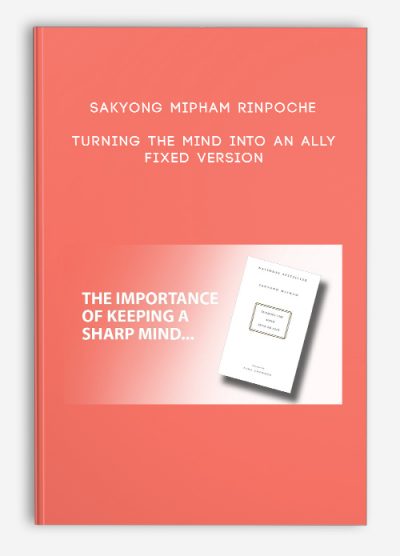


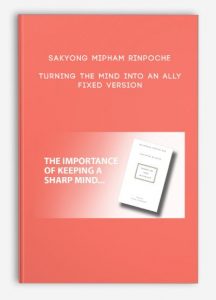
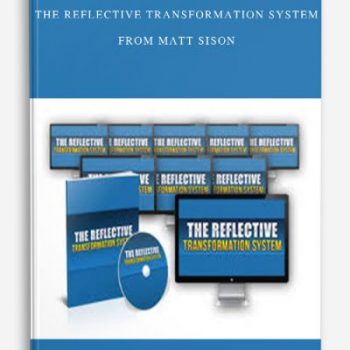


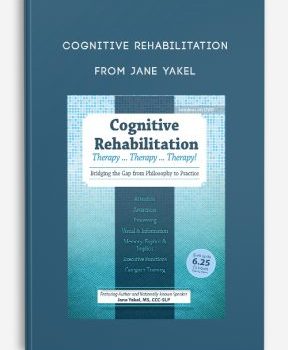
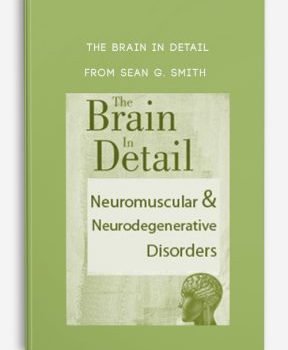


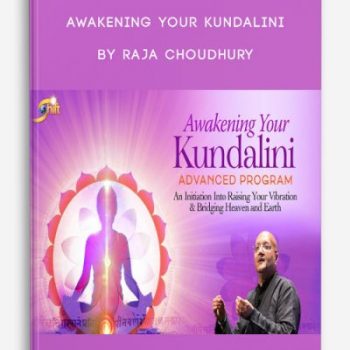
Lord –
This is Digital Download service, the course is available at Vincourse.com and Email download delivery.